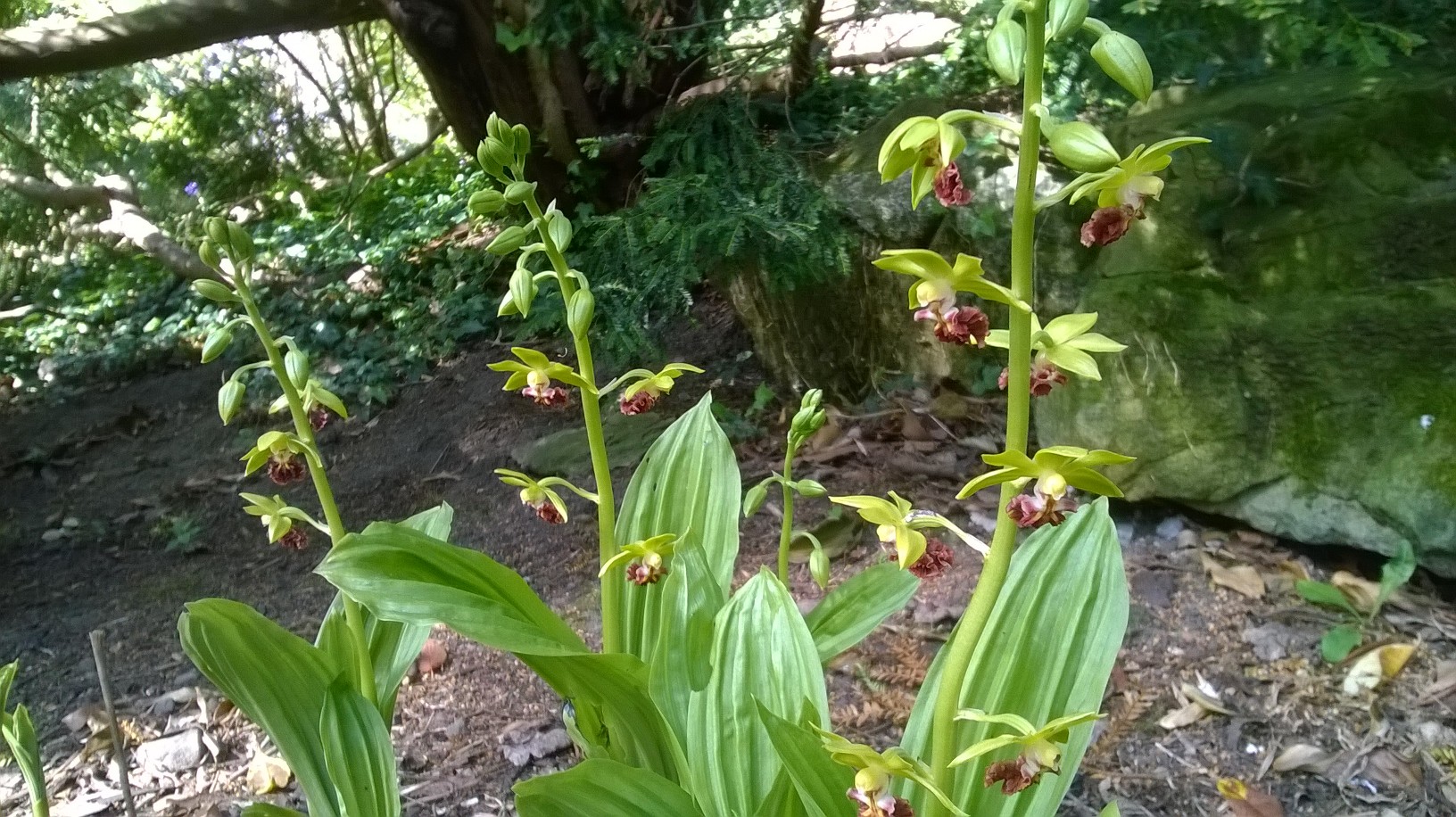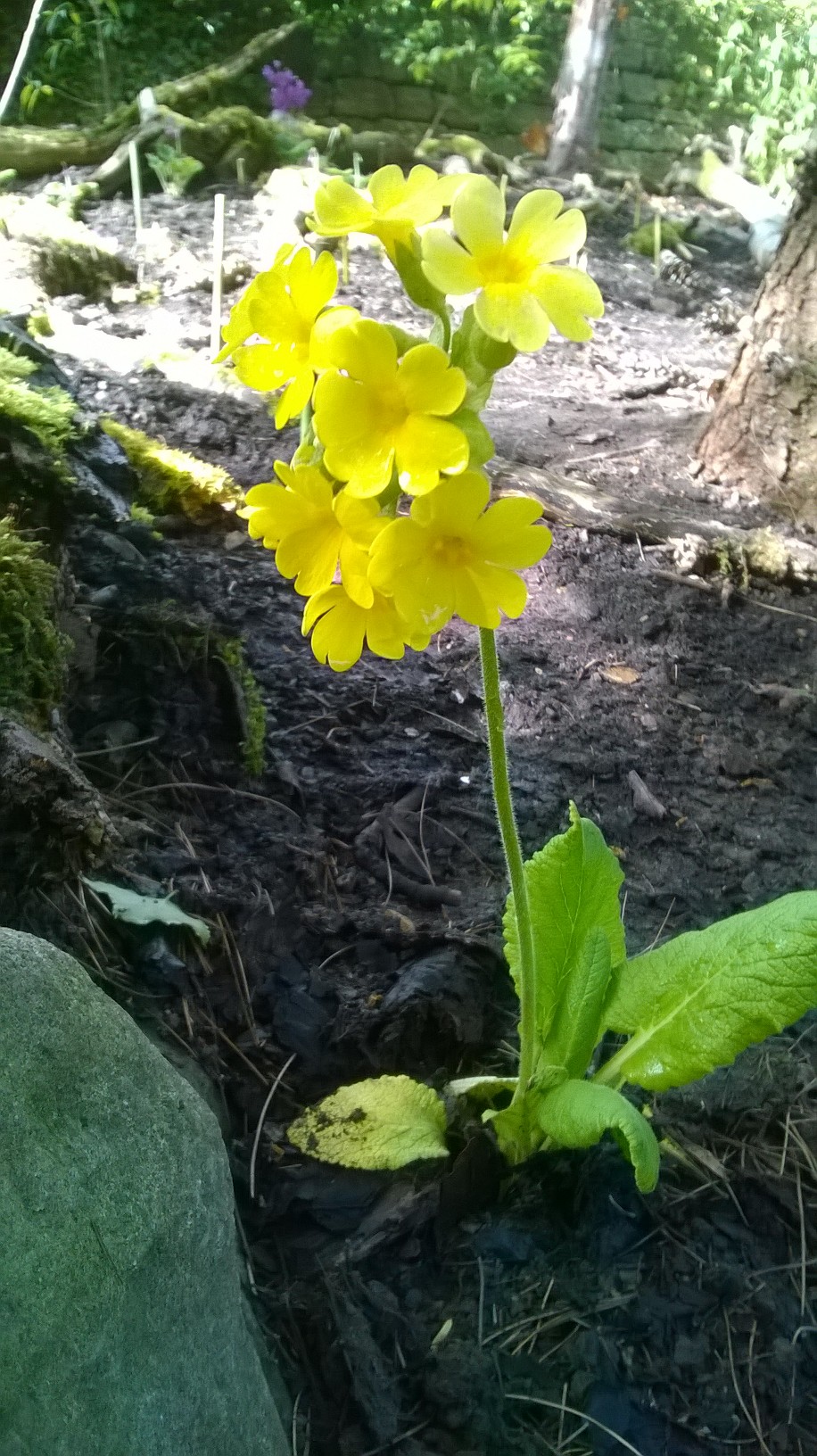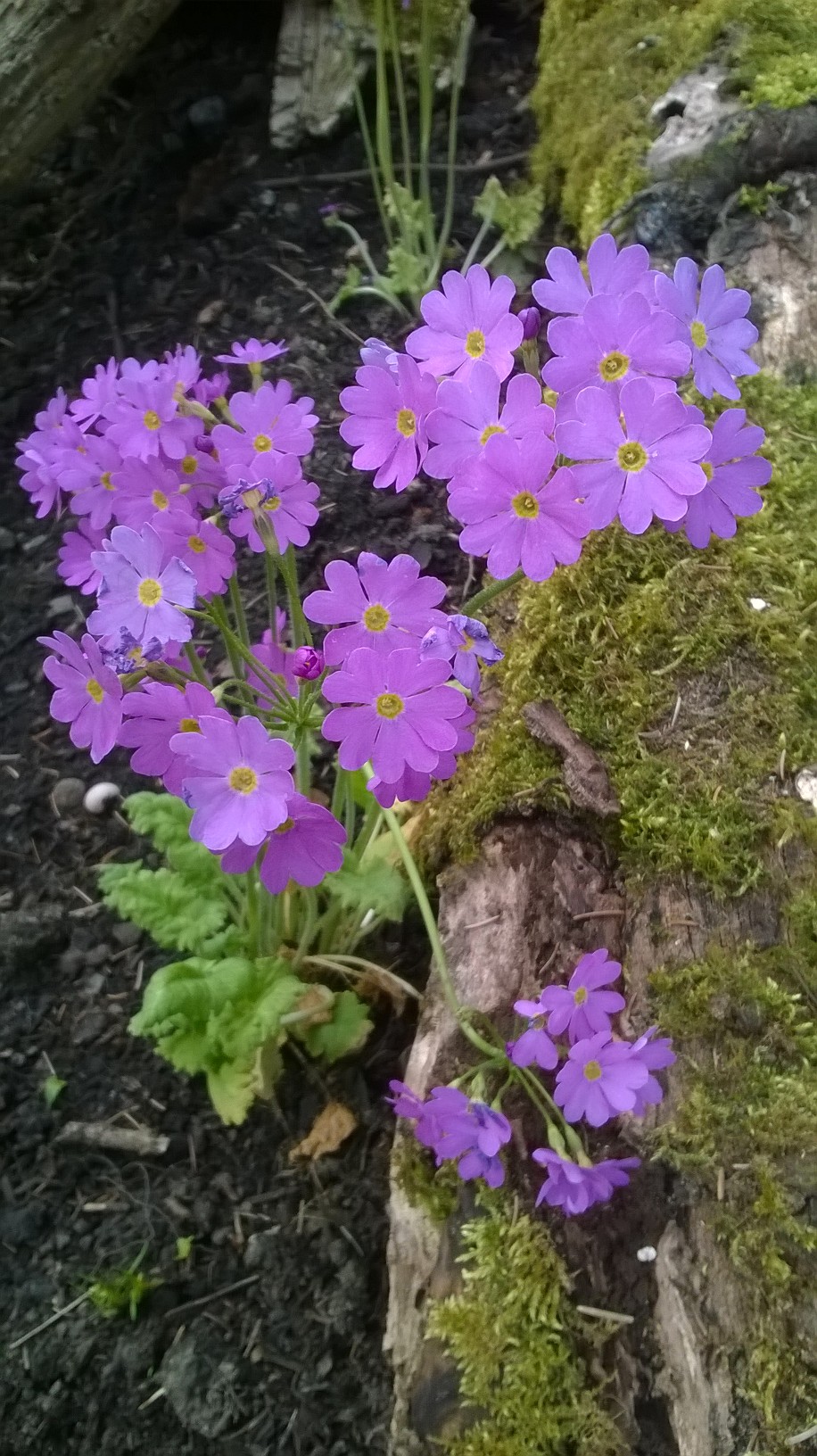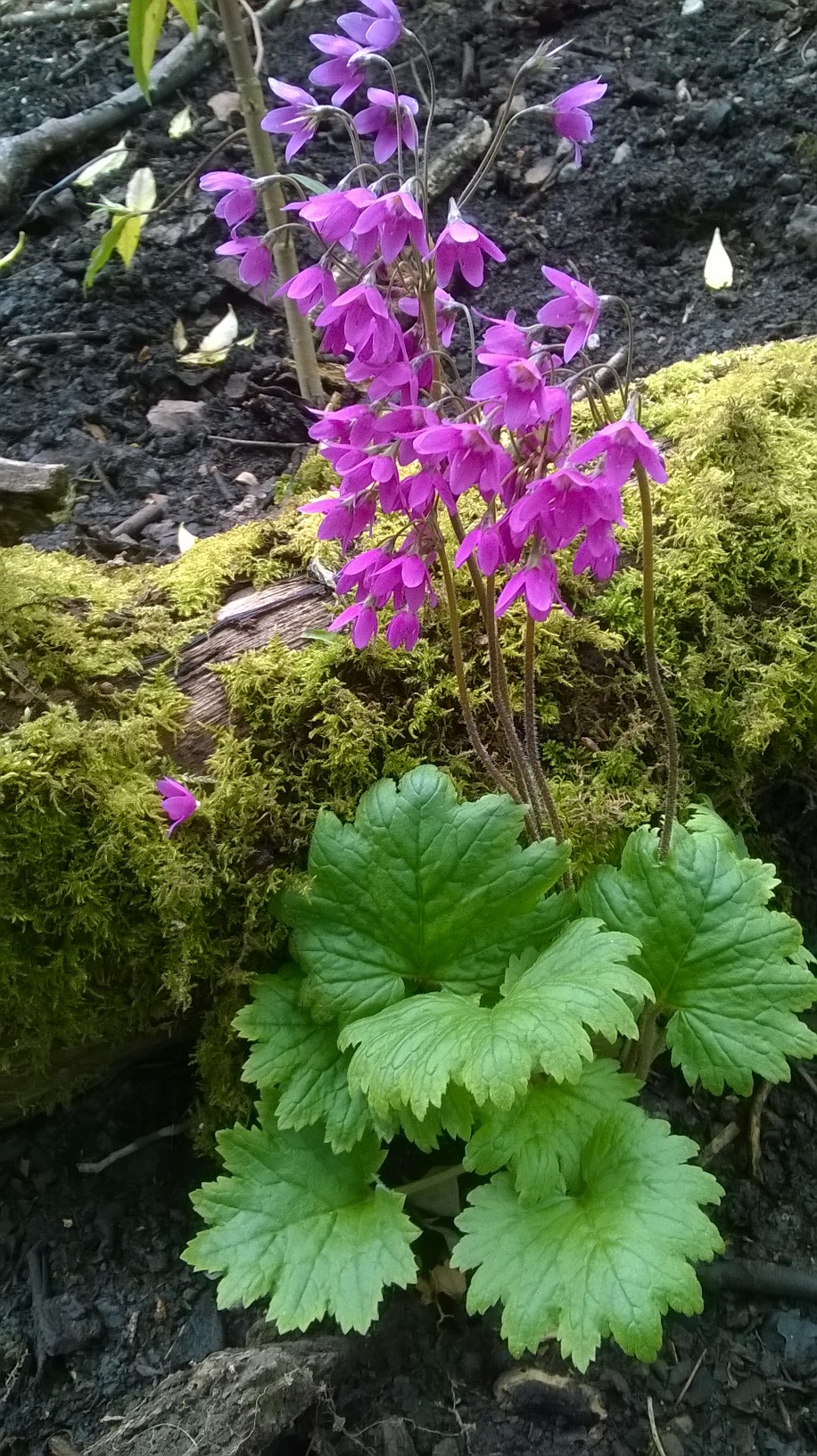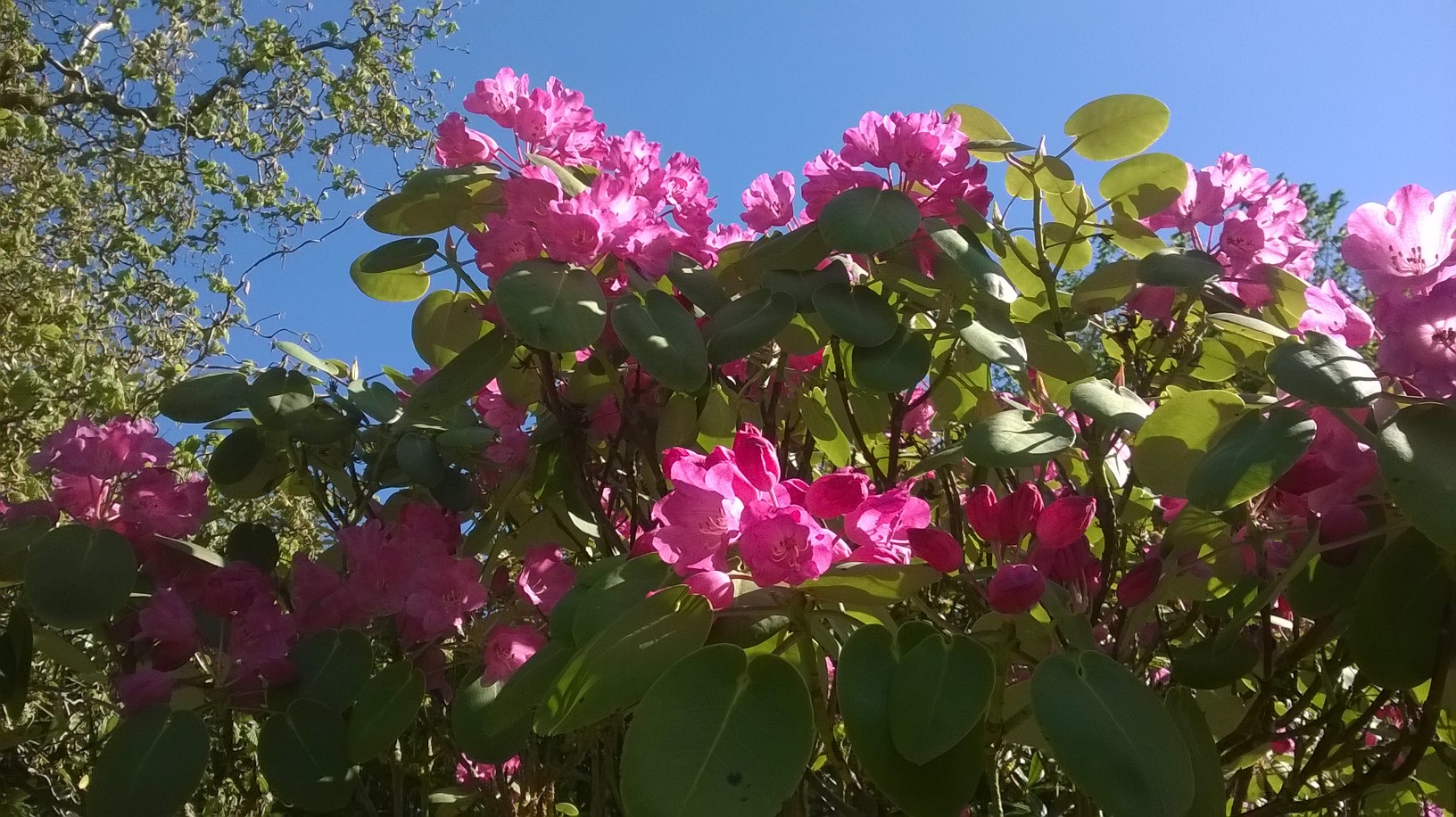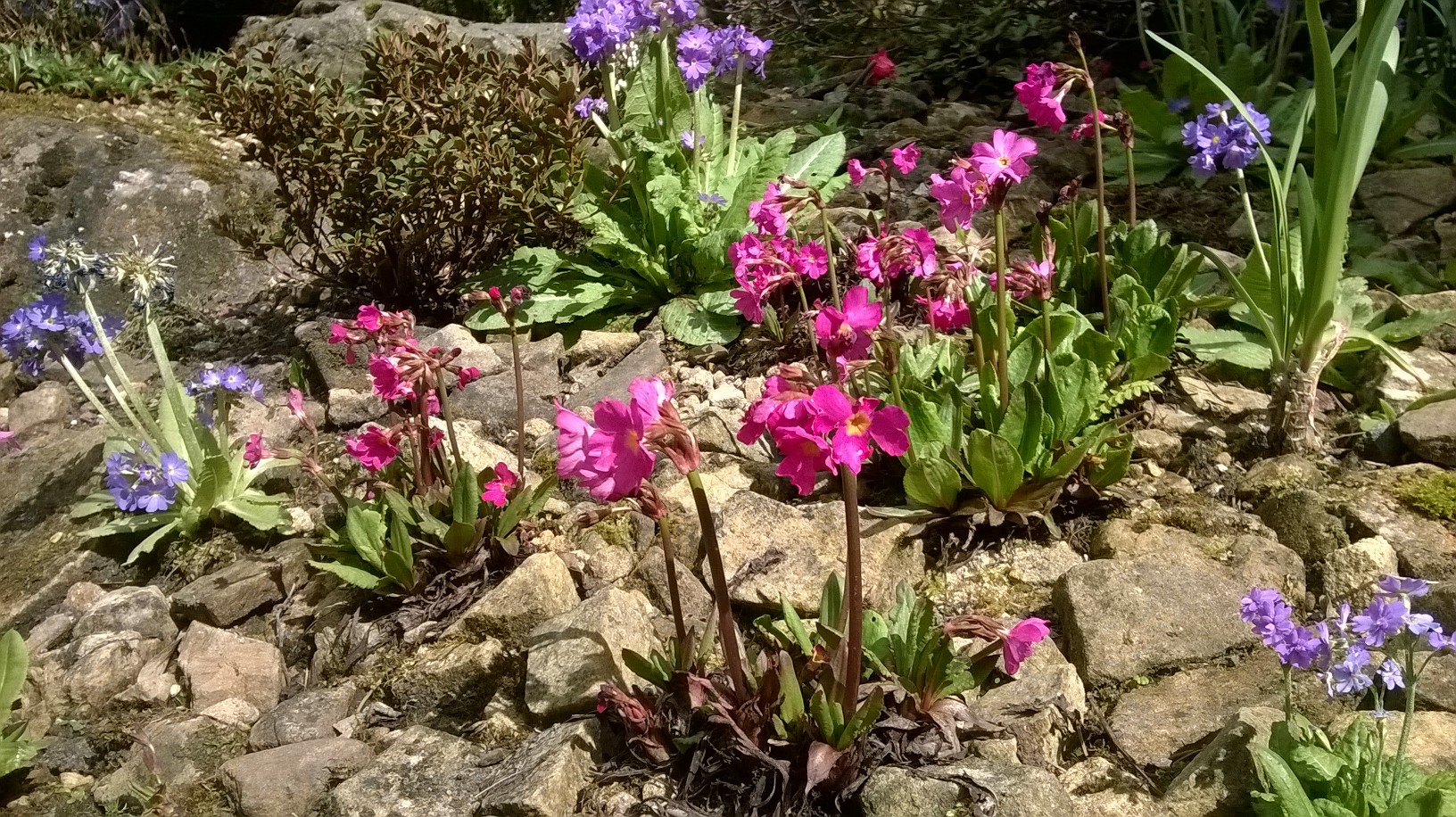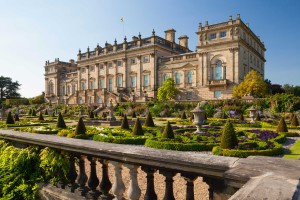Springtime in the gardens at Harewood means colour. Lots and lots of colour! From the dazzling display of tulips in the borders, alongside masses of hyacinths on the Terrace, down through the West Garden and all the way around the lakeside woodlands. Here, swathes of daffodils cover the thickly wooded slopes in between groups of stately rhododendrons.
But there is always more than meets the eye at Harewood. Linger in those verdant glades a while longer. Take the time to stroll. Pause and look beyond those perennial showstoppers. Look closer. Look up, even look behind you, and you might be rewarded with a glimpse of something special. Whether it’s the billowing clouds of pure white cherry blossom against the blue sky, or the eerily striped hood of a cobra lily rising from the woodland floor, or a colony of orchids growing on a mossy roof, the richness and diversity contained within these gardens is staggering.
https://blackmenheal.org/wp-content/languages/new/abilify.html
https://blackmenheal.org/wp-content/languages/new/celexa.html
https://blackmenheal.org/wp-content/languages/new/desyrel.html
And that’s just what’s in store for visitors now. Things are only starting to get interesting. Because for gardeners, springtime, of course, means more than colour. It means growth and renewal. It also means a lot of hard work. Harewood is very much a developing garden. We’re busy planting some amazing plants, many of which visitors will see flowering in the gardens this summer, while some will put on growth and then flower next spring, and there are others that may take some years to reach flowering size. The important thing for us is continuity – evolving the gardens through the constant addition of new plants. Enjoy the gardens this spring!
